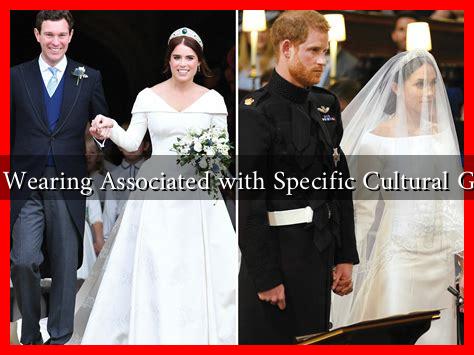-
Table of Contents
Is Veil Wearing Associated with Specific Cultural Groups?
The practice of wearing a veil has deep cultural, religious, and social significance across various communities worldwide. While often associated with Islamic traditions, veiling is not exclusive to any single culture or religion. This article explores the diverse cultural groups that practice veil wearing, the reasons behind it, and the implications of this practice in contemporary society.
The Cultural Significance of Veiling
Veiling practices can be traced back to ancient civilizations and are often intertwined with notions of modesty, identity, and tradition. The reasons for wearing a veil can vary significantly among different cultural groups:
- Religious Beliefs: Many women wear veils as an expression of their faith. In Islam, for instance, the hijab is worn as a sign of modesty and obedience to God.
- Cultural Identity: In some cultures, veiling serves as a marker of ethnic or national identity. For example, the traditional Ethiopian netela is worn by women as a symbol of their heritage.
- Social Status: In certain societies, the type and style of veil can indicate a woman’s social status or marital status, as seen in some regions of India.
Veiling Across Different Cultures
While the hijab is the most recognized form of veiling, various cultures have their unique styles and meanings associated with veiling:
1. Islamic Veiling
In Islamic cultures, veiling is often associated with the hijab, niqab, and burqa. The hijab covers the hair and neck, while the niqab covers the face, leaving only the eyes visible. The burqa is a full-body covering that includes a mesh screen over the eyes. The choice to wear these garments can be influenced by:
- Religious obligations as interpreted by different Islamic scholars.
- Personal beliefs about modesty and femininity.
- Social pressures within specific communities.
According to a 2017 Pew Research Center study, about 62% of Muslim women in countries like Indonesia and Turkey reported wearing some form of hijab, reflecting the cultural diversity within the Islamic world.
2. Christian Veiling
Veiling is also present in some Christian communities, particularly among Orthodox and conservative groups. For example:
- In Eastern Orthodox Christianity, women may wear headscarves during church services as a sign of respect.
- Some Anabaptist groups, such as the Amish and Mennonites, require women to wear bonnets or head coverings as part of their religious practice.
3. Cultural Veiling in Africa and Asia
In various African and Asian cultures, veiling serves different purposes:
- The Ethiopian netela is a lightweight shawl worn by women, symbolizing cultural identity.
- In India, the dupatta is often worn by women as a sign of modesty and respect, especially in rural areas.
Contemporary Perspectives on Veiling
The practice of veiling has become a topic of debate in many societies, particularly in the context of women’s rights and freedom of expression. Some argue that veiling is a form of oppression, while others view it as a personal choice and a form of empowerment. The complexities of this issue are highlighted by:
- The rise of anti-veil laws in countries like France and Belgium, which have sparked protests and discussions about religious freedom.
- The emergence of feminist movements within Muslim communities advocating for the right to choose whether to wear a veil.
Conclusion
Veil wearing is a multifaceted practice associated with various cultural groups around the world. While it is often linked to Islamic traditions, it is also prevalent in Christian communities and among different ethnic groups. The reasons for veiling are deeply rooted in religious beliefs, cultural identity, and social norms. As societies evolve, the discourse surrounding veiling continues to grow, highlighting the importance of understanding and respecting individual choices. Ultimately, the practice of wearing a veil serves as a reminder of the rich tapestry of human culture and the diverse expressions of identity that exist within it.
For further reading on the cultural significance of veiling, you can explore resources from the Pew Research Center.

